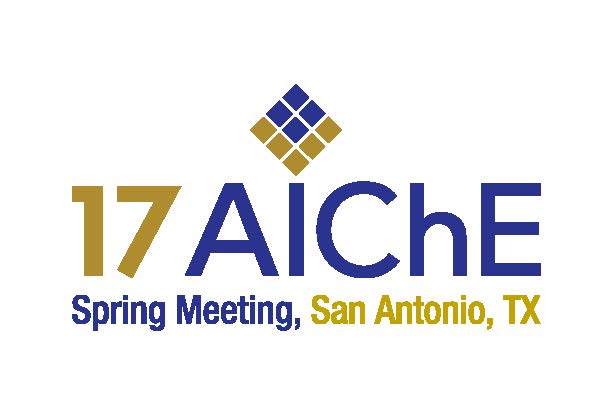

Layers of protection for abnormal event management can be modeled as barriers of swiss cheese according to James Reason. An operator’s response to an alarm is one of the first layers of protection to prevent a hazard from escalating to an incident. This paper will present best practices for maximizing the operator’s reliability for understanding and responding to abnormal situations as adapted from the alarm management standards ISA-18.2-2016 and IEC 62682. Examples include alarm rationalization to ensure all alarms are meaningful and to capture “tribal knowledgeâ€, prioritization to help operators determine which alarms are most critical, and creation of alarm response procedures. The treatment of safety alarms, which are those that are deemed critical to process safety or to the protection of human life or the environment, will be specifically highlighted.
The paper will also discuss key human factors considerations for maximizing operator situation awareness (SA) by preventing SA “demonsâ€; such as developing an errant mental model of the process, attention tunneling, data overload, and misplaced salience. As such the resolution of issues which inhibit operator performance, such as nuisance alarms and alarm floods, will also be discussed.
Presenter(s)
Once the content has been viewed and you have attested to it, you will be able to download and print a certificate for PDH credits.
If you have already viewed this content,
please click here
to login.
Language
Pricing
Individuals
| AIChE Member Credits | 0.5 |
| AIChE Pro Members | $19.00 |
| Employees of CCPS Member Companies | Free |
| AIChE Graduate Student Members | Free |
| AIChE Undergraduate Student Members | Free |
| AIChE Explorer Members | $29.00 |
| Non-Members | $29.00 |
